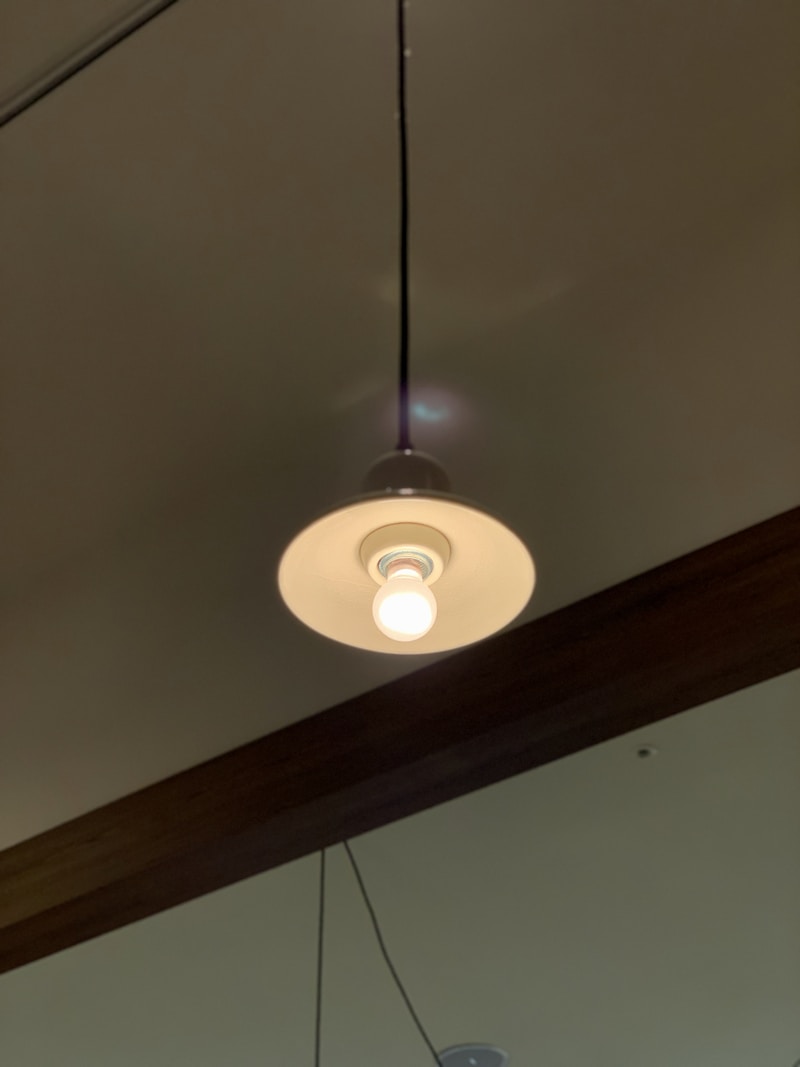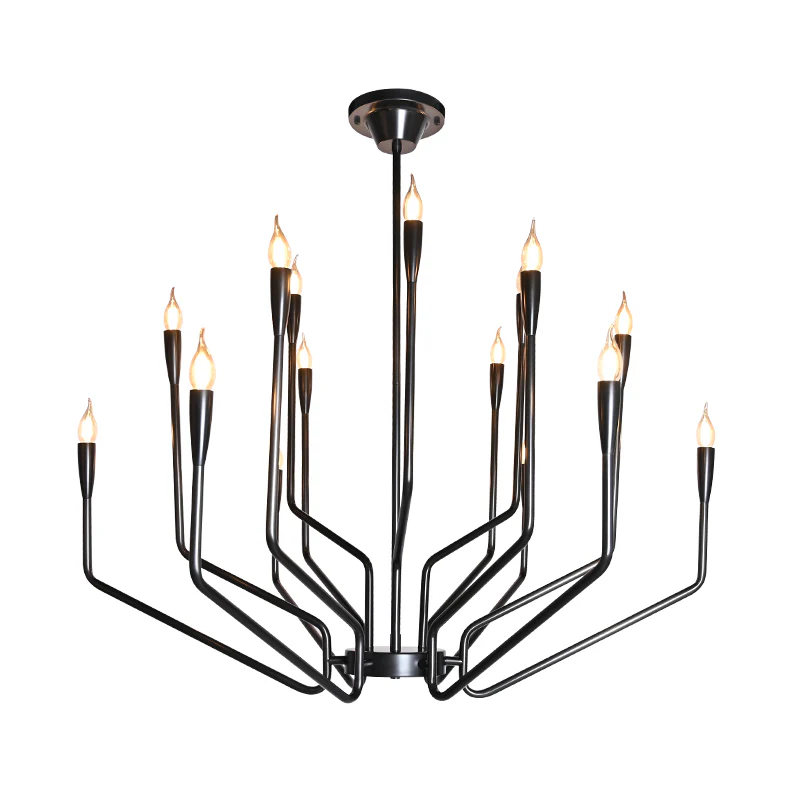Ultimate Guide to Emergency Lighting Solutions for Safety
Ultimate Guide to Emergency Lighting Solutions for Safety
Understanding Emergency Lighting Solutions
In the modern world, safety is paramount, especially in emergencies. Emergency lighting solutions are critical components of safety systems in both residential and commercial buildings. They ensure that people can evacuate safely during power outages or emergency situations. In this article, we will explore various emergency lighting solutions, their importance, and how they can enhance safety.
What are Emergency Lighting Solutions?
Emergency lighting solutions are specialized lighting systems designed to illuminate areas during power failures or emergencies. These systems guide occupants to exits or safe areas, minimizing panic amidst chaos. They can include various types of lighting mechanisms, including battery-powered lights, exit signs, and emergency fixtures.
Types of Emergency Lighting Systems
| Type | Description | Best Uses |
| Battery-Powered Lights | These lights operate independently of the main power supply and activate automatically during outages. | Ideal for residential use and areas where power supply reliability is low. |
| LED Exit Signs | Energy-efficient signs indicating the nearest exits, designed to remain illuminated during emergencies. | Commonly used in commercial buildings, theaters, and schools. |
| Photoluminescent Markings | Glow-in-the-dark materials that can be applied to floors and walls, directing people to exits. | Effective in places prone to smoke, obscuring vision during fires. |
The Importance of Emergency Lighting Solutions
Emergency lighting solutions are not just optional installations; they are often mandated by building codes in various regions. Here’s why they are essential:
- Guidance During Emergencies: They provide clear directions to exits, helping individuals evacuate quickly.
- Minimizing Panic: Effective lighting reduces confusion and panic, promoting safer evacuation.
- Compliance with Regulations: Adhering to local building laws ensures your space is safe and avoids legal penalties.
Benefits of Using Emergency Lighting Solutions
The benefits of implementing emergency lighting are multifaceted:
- Increased Safety: They create a secure environment, particularly in high-traffic buildings like malls and offices.
- Energy Efficiency: Modern systems, especially LED-based lights, consume less power and have longer lifespans.
- Cost-Effective: Investing in emergency lighting can save lives and mitigate property loss during unexpected situations.

Key Components of Effective Emergency Lighting Solutions
To achieve optimal safety, certain components must be included in your emergency lighting solutions:
1. Adequate Coverage
Ensure all exits, hallways, and critical areas are well-lit. Coverage is crucial in large buildings where dark corners can hide potential dangers.
2. Regular Testing and Maintenance
Emergency lights must be tested regularly to ensure they function when needed. Maintenance checks can prevent failures during emergencies. The National Fire Protection Association (NFPA) recommends testing emergency lighting systems monthly and annually.
3. Backup Power Sources
Some solutions rely on battery backups that need to be charged continuously. Ensure that these systems are positioned and installed to guarantee they work during a power failure.
How to Select the Right Emergency Lighting Solutions
Choosing the right emergency lighting solutions involves several considerations:
Assessing Your Needs
Understand your space's layout and foot traffic. You might require more extensive coverage in high-occupancy areas such as auditoriums or conference rooms.
Compliance with Local Codes
Always consult local regulations concerning emergency lighting solutions. Certain areas have specific requirements regarding the number of lights and their placement.
Consulting with Experts
If you are unsure, engage with professionals who specialize in emergency lighting solutions. They can provide insights tailored to your location and safety requirements.
Common Myths About Emergency Lighting Solutions
Misconceptions can lead to inadequate safety measures. Here are common myths debunked:
Myth 1: All Emergency Lights Are the Same
In reality, there’s a wide variety dependent on application, energy source, and design. Each serves specific purposes which must be chosen accordingly.
Myth 2: They Aren’t Necessary if You Have Natural Light
Natural light can be obstructed during emergencies, like fires. Emergency lighting provides consistent illumination regardless of natural conditions.
Maintaining Emergency Lighting Solutions
Consistent maintenance is critical. Here’s how to keep your emergency lighting systems functioning:
- Schedule Regular Inspections: Document inspections and repairs.
- Test Backup Power Systems: Ensure batteries are functional and replaced as needed.
- Keep Records of Compliance: This can save time if safety audits occur.
Summary: Emergency Lighting Solutions for Optimal Safety
In conclusion, emergency lighting solutions are indispensable for maintaining safety in both commercial and residential environments. By ensuring proper installation, regular maintenance, and compliance with local regulations, you contribute to a safer atmosphere for everyone. Remember that the effectiveness of these systems significantly influences how efficiently individuals can evacuate in emergencies. Always prioritize safety and consult professionals when needed to optimize your emergency lighting solutions.
Final Recommendations
Consider conducting a comprehensive safety audit of your premises. Identify potential areas for improvement concerning emergency lighting and engage specialized vendors to ensure top-quality solutions. It’s better to be prepared than to regret neglecting safety measures. Your commitment to safety could save lives and protect property during unforeseen circumstances.
